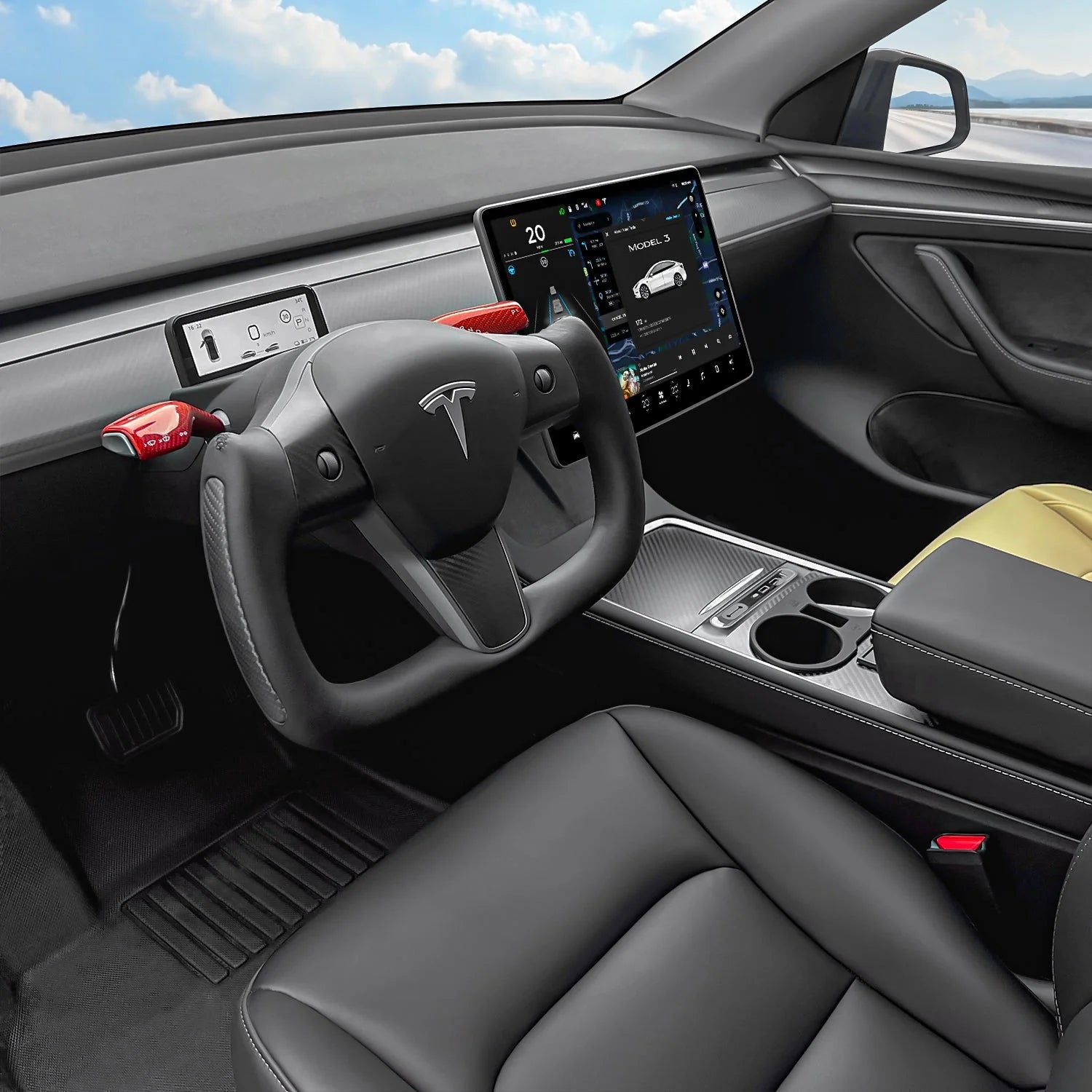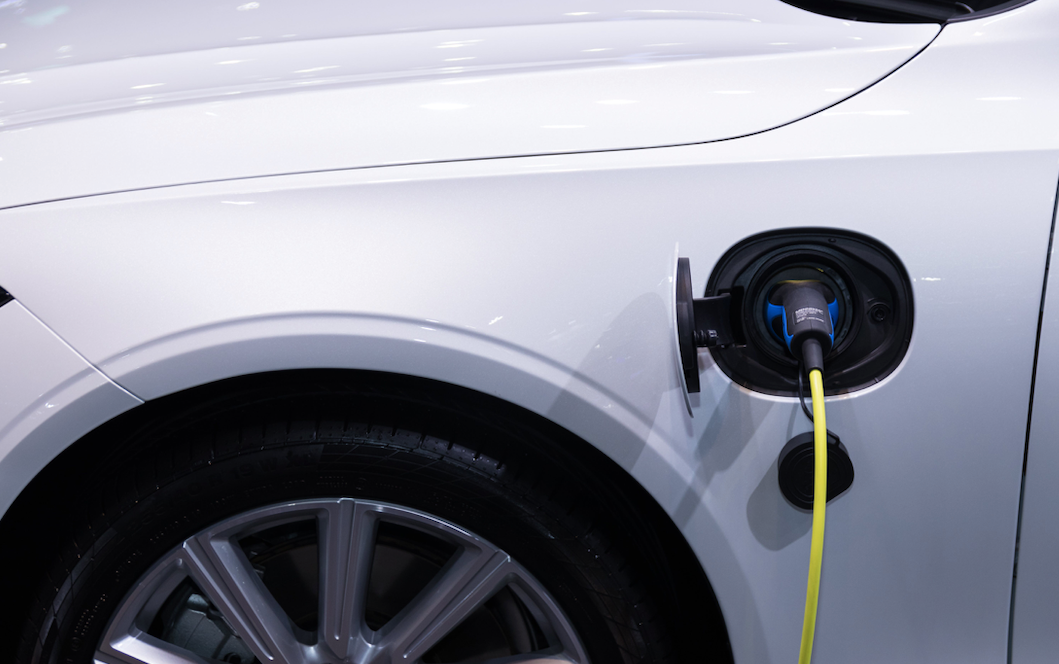EV charging is the process of charging electric and hybrid vehicles. The popularity of such cars has increased exponentially over the last few years. Today, EV chargers are pretty common. They can recharge an ICE, electric, and hybrid car.
Generally, an EV charger pulls electricity from a connected source. It pulls about 240v and transfers it to the car. However, that’s not the case with all types of EV chargers.
And that brings us to our main subject, Type 2 EV chargers. What are they? How to use them? Let’s find out everything!
Understanding Type 2 EV Chargers
Let’s discuss everything about Type 2 EV chargers:
What Is a Type 2 EV Charger?
A type 2 EV charger is a European-standard plug for charging electric and hybrid cars. It differs from the type 1 charger (North American Standard) because of its build. It has a seven-pin connection, allowing you to plug into car chargers conveniently.
A type 1 charger will not work in most European places. That’s because the region has a different plug structure. That is where a type 2 EV charger can come in handy!

The History and Development of the Type 2 Charging Standard
EVs might be a relatively newer addition to the industry, but type 2 EV cables are not. In fact, they go back to 2009 when Mennekes proposed the idea. Soon after, the German Association of the Automotive Industry tested this new connector type.
After it was standardized in Germany, the European Union took it into consideration. The European Commission selected the Type 2 charger as their official plug type for Europe.
Not long after the invention of electric and hybrid vehicles, EV charging cables type 2 were introduced. Today, it is pretty common in the European Union!

Technical Specifications of Type 2 Chargers
A type 2 charger consists of a cable, plug, and connector. Generally, the vehicle inlet is a male, while the socket outlet is a female. The type 2 charger can pass through up to 480V electrical current.
The technical name of a type 2 charger is IEC 62196. Its design utilizes a round housing with one flat side and seven pins for easy connection.
Advantages of Type 2 Charging Over Other Standards
Here are some advantages of using type 2 charging over other standards:
- More convenient, especially if you live in Europe
- Offers more stable AC charging instead of DC rapid charging
- Supports 3-phase charging.
- Has a straightforward design, making it easy to connect with the socket and vehicle
- Doesn’t require an additional plug for connectivity
- Compatible with electric and hybrid vehicles
Compatibility with Electric Vehicles
And that last benefit brings us to another topic. Is a type 2 charger compatible with electric vehicles? The short answer is yes!
Its seven-pin design connects seamlessly with some of the most popular electric and hybrid vehicles. That includes Tesla Model S and X releases. This charger type offers slower AC charging. As a result, you don’t require an additional CCS connection.
Which EV Brands Use Type 2 Charging?
You might have seen European versions of famous car models. Those utilize the type 2 charging framework. Here are some of the most notable brands:
- Renault
- Tesla
- BMW
- Volkswagen
- Audi
- Mercedes
Tesla opened their first Supercharger in 2015. Since then they have been utilizing the type 2 EV cables! Latest Superchargers also come with CCS2 cables.
How to Use a Type 2 EV Charger?
Now, you know what is a type 2 EV charger. So, let’s see how to use it:
- The cable’s connector goes into the vehicle inlet.
- The cable’s plug connects with the socket outlet.
Remember that the socket outlet is always female in the EU. All you need is to connect the type 2 EV charger to a power source. Then, you can link any electric or hybrid vehicle to recharge it.

Installation of a Type 2 Charging Station at Home
Do you want to install a type 2 charging station at home? Then, here’s what you need to know:
- Choose the area for installation.
- Generally, the cost ranges between 300 to 1000 Euros.
- Select an EV charger.
- Level 1 is the slowest but the most affordable option.
- Level 2 works best for households but requires a more extensive installation which is pricey.
- Level 3 has the fastest charging speed and the highest costs. Hence, they are best for commercial areas.
- Make sure to connect a Type 2 charging cable with the charger.
- Now, you can charge your electric or hybrid vehicles in your home!
Finding Type 2 Charging Stations Near You
The best option is to look on the internet. You can search for terms like “type 2 EV charging stations near me.”
Similarly, you have tools like PlugShare. It tells you about nearby charging stations and their locations.
Another way is to use your smartphone map to find your local charging stations. Usually, chargers with electric car charging cable type 2 are not difficult to find in Europe.
The Significance of Type 2 Charging for EV Owners
Here’s why type 2 chargers are significant for EV owners:
- They can set up a type 2 charging station at home.
- They don’t have to opt for a CCS connection.
- Type 2 charging eliminates the rapid charging with Direct Current (DC) and replaces it with Alternate Current (AC) charging.
- People with Electrical vehicles will not feel inconvenience in places like Europe with a type 2 charger.
- Type 2 EV chargers work with both commercial and residential charging stations. Moreover, they are compatible with chargers of all levels.
Conclusion
Hopefully, now you know more about a type 2 EV charger. It can be an excellent purchase if you don’t have it already.
The best part is that it is affordable and compatible with almost all EVs. You can install its charging station at your home if you have the budget. Either way, it has many benefits to ease your living!




